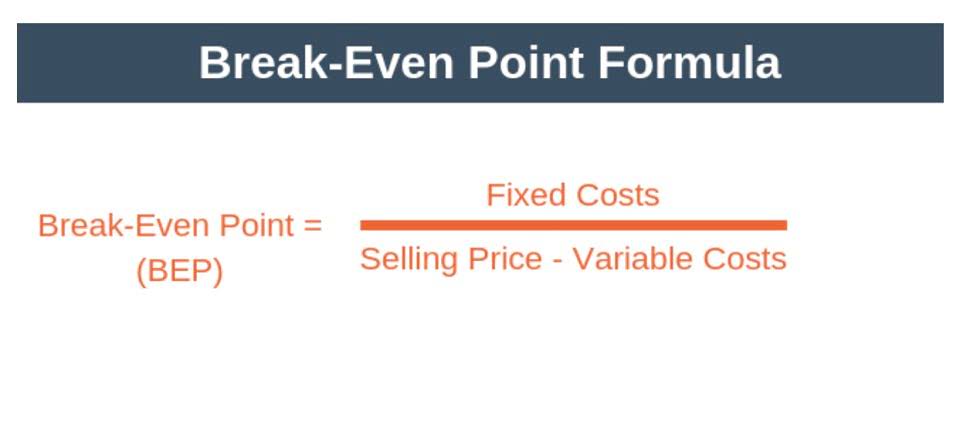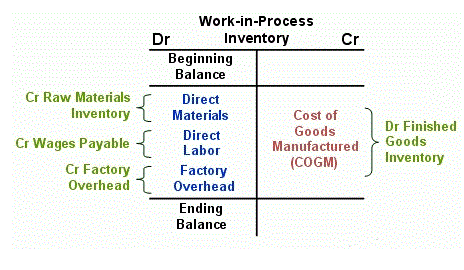
● Legal reserves, equivalent to at least 5% of profit and a maximum of 10% of the share capital. ● Contributions in cash, i.e. money contributions granted by providers of funds. In exchange, they receive securities in proportion to their contribution and then obtain dividends and voting rights. The major and often largest value assets of most companies are their machinery, buildings, and property. Five years later, if total equity definition you were to sell the property, it might be worth quite a bit more than you paid for it.
Example of Stockholders’ Equity
Companies in some industries such as utilities, consumer staples, and banking typically have relatively high D/E ratios. A particularly low D/E ratio might be a negative sign, suggesting that the company isn’t taking advantage of debt financing and its tax advantages. They would both have a D/E ratio of 1 if both companies had $1.5 million in shareholder equity. The risk from leverage is identical on the surface but the second company is riskier in reality. Common examples include home equity loans and home equity lines of credit. These increase the total liabilities attached to the asset and decrease the owner’s equity.
Accounting
Shareholders’ equity can help to compare the total amount invested in the company versus the returns generated by the company during a specific period. In finance, equity is the market value of the assets owned by shareholders after all debts have been paid off. In accounting, equity refers to the book value of stockholders’ equity on the balance sheet, which is equal to assets minus liabilities. The term, “equity”, in finance and accounting comes with the concept of fair and equal treatment to all shareholders of a business on a pro-rata basis. In finance, equity is an ownership interest in property that may be subject to debts or other liabilities. Equity is measured for accounting purposes by subtracting liabilities from the value of the assets owned.

Equity in Accounting: All You Need to Know

They can channel funds to activities that promote growth and profitability, like R&D, expanding production or buying new assets. It is important to note that Total Equity is not a measure of profit or revenue. Instead, it provides insight into the company’s financial position and its ability to cover its debts. Investors often use Total Equity in conjunction with other adjusting entries financial metrics to assess the company’s overall performance. Through years of advertising and the development of a customer base, a company’s brand can develop an inherent value. Some call this value “brand equity,” which measures the value of a brand relative to a generic or store-brand version of a product.


The double-entry practice ensures that the accounting equation always remains balanced. The left-side value of the equation will always match the right-side value. The total amount of all assets will always equal the sum of liabilities and shareholders’ equity. The value of a company’s assets is the sum of each current and non-current asset on the balance sheet.
- In finance, equity is the market value of the assets owned by shareholders after all debts have been paid off.
- The reinvestment from the shareholders indicates their attitude towards the company, which is positive if the performance is good and as expected.
- Conversely, a company with an equity ratio value that is .50 or above is considered a conservative company because they access more funding from shareholder equity than they do from debt.
- For your clients, equity plays a central role in understanding both where the business stands today and what’s possible for the future.
- On the balance sheet, equity shows your client’s true financial stake in the business.
- In corporations, you’re managing multiple equity accounts, common stock, additional paid-in capital, retained earnings, and treasury stock, to name a few.
- A positive total equity figure indicates potential growth and profitability, while negative equity might signal financial distress.
Equity can be found on a company’s balance sheet and is one of the most common pieces of https://www.bookstime.com/ data employed by analysts to assess a company’s financial health. Meanwhile, fluctuations in retained earnings reflect the company’s net income performance and dividend decisions. A strong jump in retained earnings in Year 2, for instance, may point to high profitability or a decision to retain rather than distribute profits. SE is a number that stock investors and analysts look at when they’re evaluating a company’s overall financial health. It helps them to judge the quality of the company’s financial ratios, providing them with the tools to make better investment decisions. Debt-financed growth can increase earnings, and shareholders should expect to benefit if the incremental profit increase exceeds the related rise in debt service costs.
- Two or more accounts are affected by every transaction carried out by a company so the accounting system is referred to as double-entry accounting.
- Investors should monitor changes in total equity over time to gain insight into a firm’s financial stability and growth potential.
- To do this, the share of the equity of the subsidiaries corresponding to the shares held by the “consolidating” company must be deducted from the book value.
- Many investors view companies with negative shareholder equity as risky or unsafe investments.
- Investors use total equity to assess the financial strength and growth potential of a company.

Conceptually, stockholders’ equity is useful as a means of judging the amount of money that a business has retained. Successful investors look well beyond today’s stock price or this year’s price movement when they consider whether to buy or sell. Long-term liabilities are obligations that are due for repayment over periods longer than one year. Companies may have bonds payable, leases, and pension obligations under this category.
- Advocates of this method have included Benjamin Graham, Philip Fisher and Warren Buffett.
- ● Revaluation differences and equity method differences are eliminated.
- The total number of shares outstanding represents the entire ownership of the company.
- It’s the amount that would remain if the company liquidated all its assets and paid off all its debts.
- While high equity generally signifies stability and strength, low equity can be a sign of risk, though in some cases it might indicate an aggressive growth strategy.
- These may include loans, accounts payable, mortgages, deferred revenues, bond issues, warranties, and accrued expenses.
- This means if the company liquidated its assets to pay off its liabilities, shareholders would theoretically receive $300,000.
Access Exclusive Templates
If a company were to sell off its assets and use them to pay off all of its liabilities, total equity would be about what it would end up with. Total equity refers to the value that shareholders have in a company after deducting any liabilities. This value represents the ownership interest in the company and is calculated by subtracting total liabilities from total assets. Equity is an important concept in finance that has different specific meanings depending on the context.
1с облако купить 1с облако
вопрос адвокату бесплатно городская юридическая консультация онлайн
Нужен вентилируемый фасад: подсистема для вентилируемого фасада цена за м2